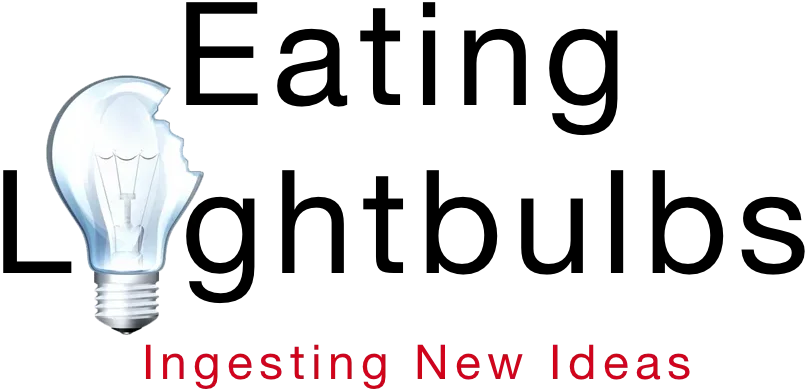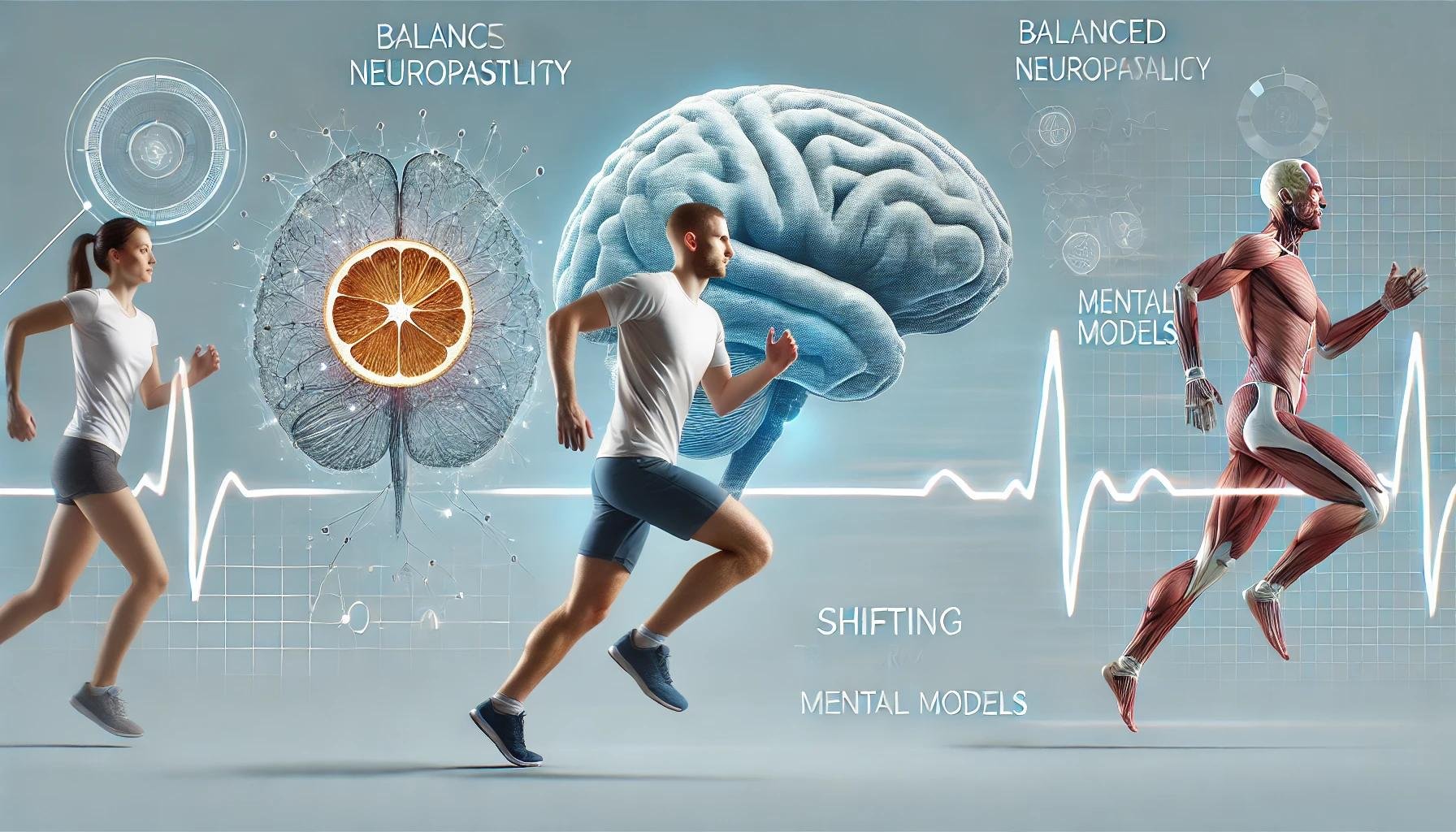
EDDIE COLBETH
WRITER | RESEARCHER | AGING DISRUPTER
Featured Posts

The Solo Ager’s Guide to Getting the Hell Out of America, Book Launch!
The Big News The Solo Agers Guide to Getting The Hell Out of America is now available! A candid, step-by-step field manual for leaving the

Change Your Mind to Change Your Body
Our thoughts and mental patterns have a profound impact on our physical health. This connection between mind and body is not just philosophical—it is backed by emerging neuroscience. In this post, I’ll share a personal story about how I discovered, quite by accident, that an outdated mental model drove my long-standing aversion to physical exercise

The Most Impactful Thing You Can do as a Leader!
From a team perspective, the primary service we can perform as leaders is to enable the success of our teams, to be servant leaders. To do that, we have to know what success looks like, ensure that the team has the tools and knowledge they need, that they are developing mastery and growing, and that we have created an environment that is conducive for them to motivate themselves.

How to Gain Trust Faster and Have Deeper Business Relationships
There are a number of ways to quickly develop rapport with folks at work, whether they’re clients or internal partners. In this post I’m going to write from the perspective of Behavioral Economics and Positive Psychology and focus on deepening client relationships. This is a long-term strategy. It’s about becoming a trusted advisor, not making a quick buck. You may not make a dollar today, but you’ll make many more dollars tomorrow by following these ideas.